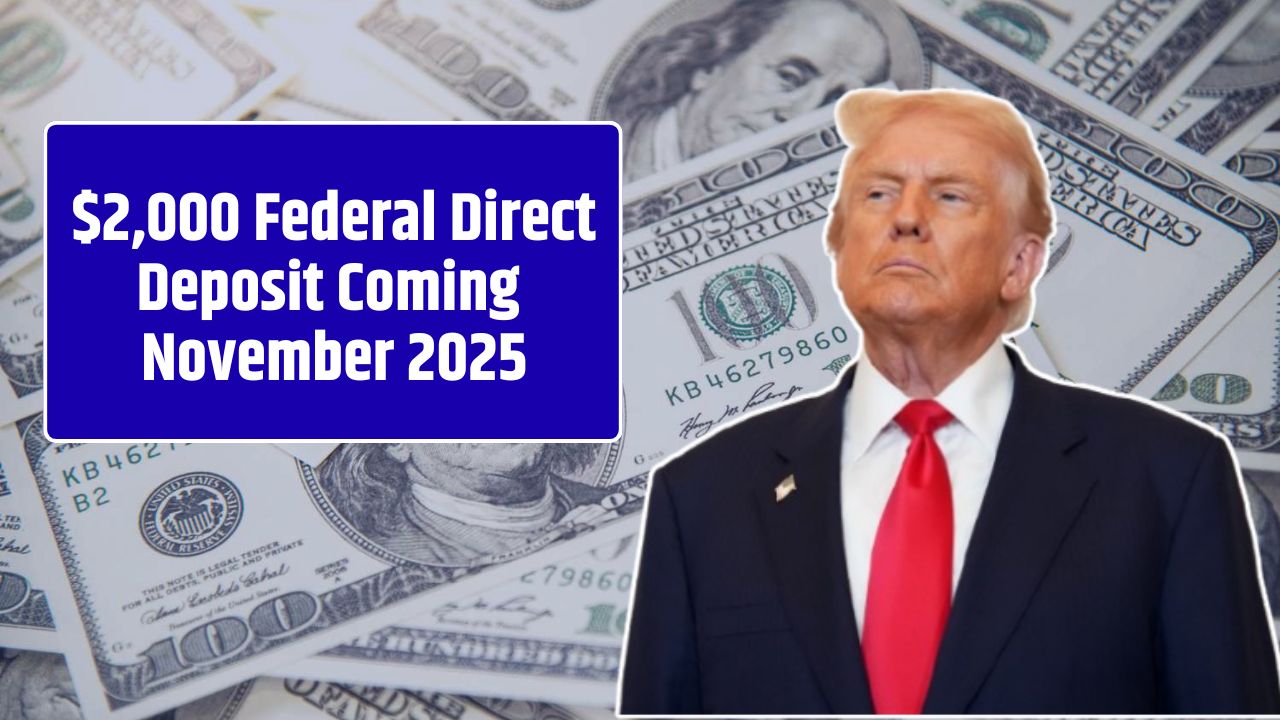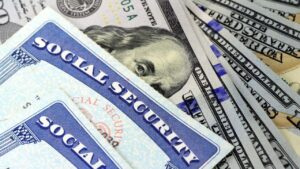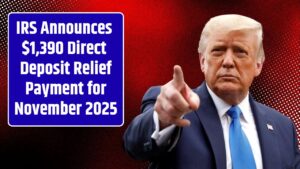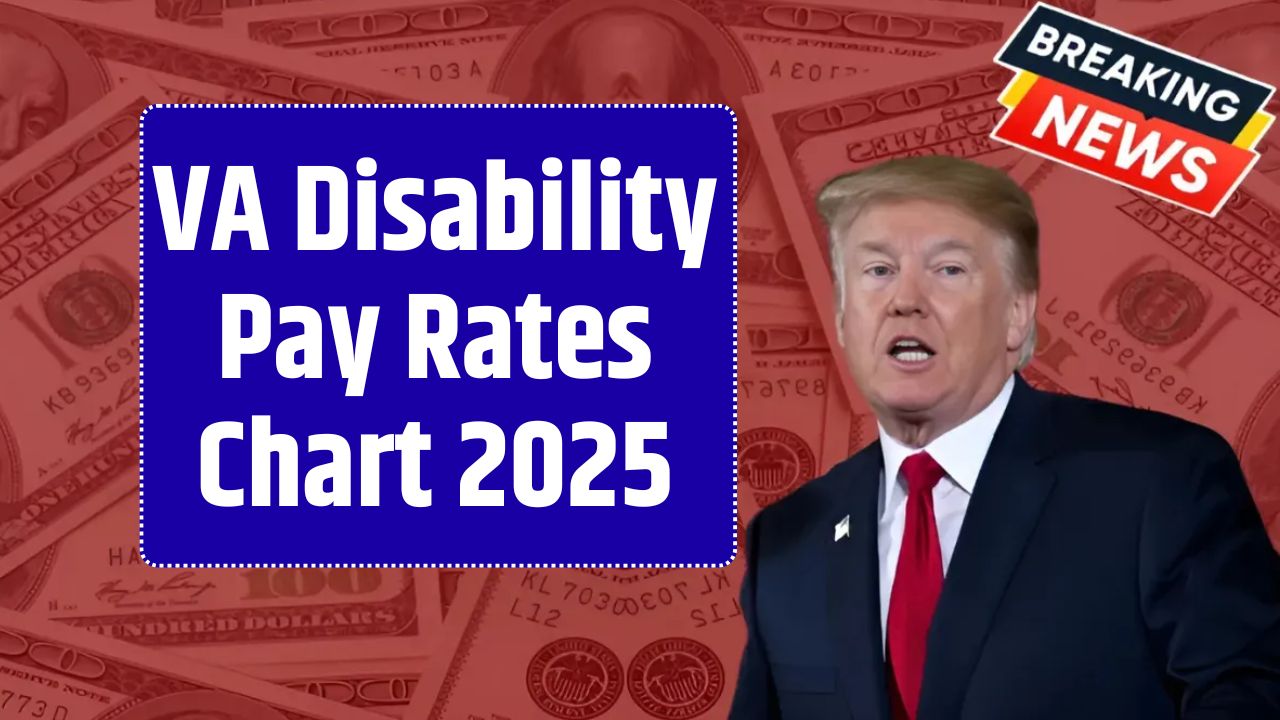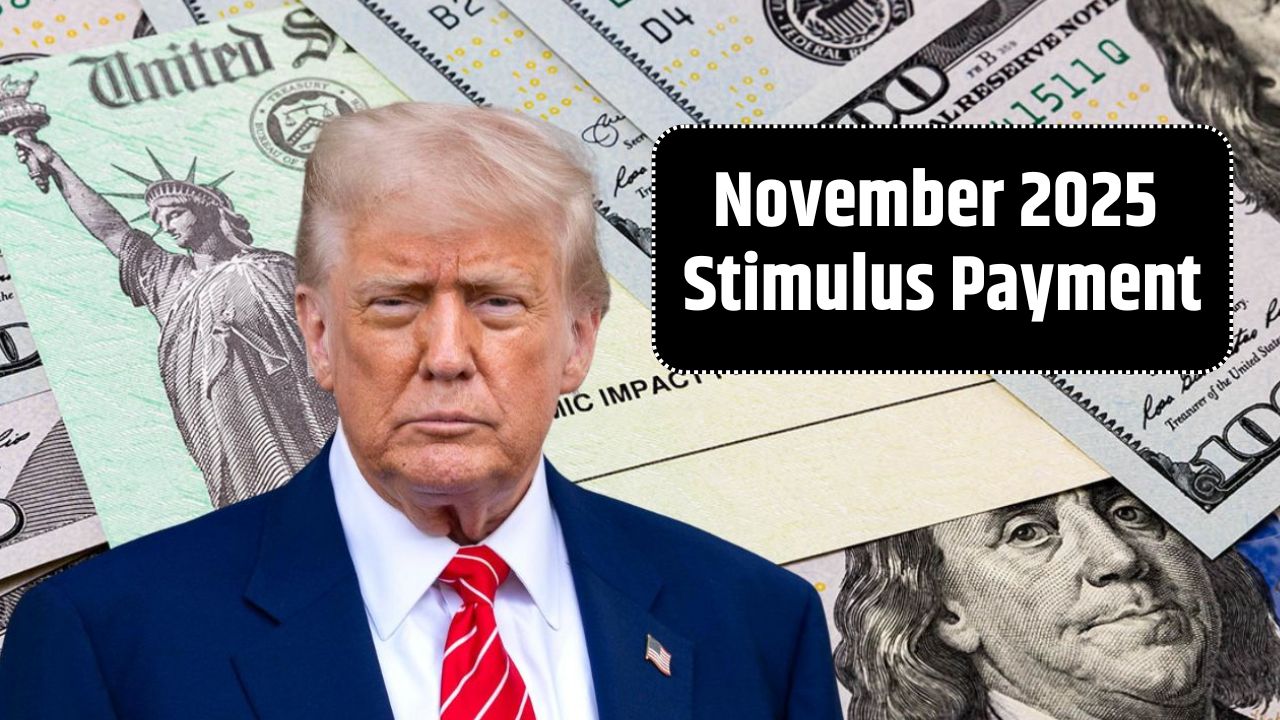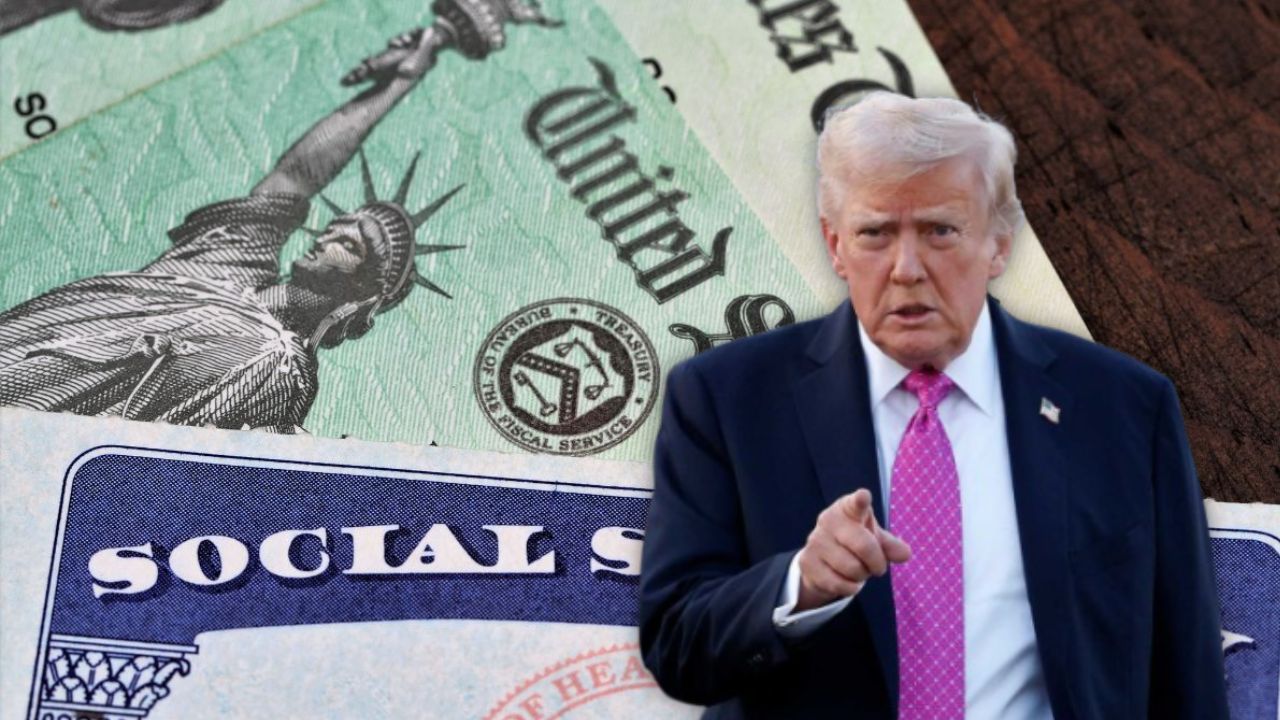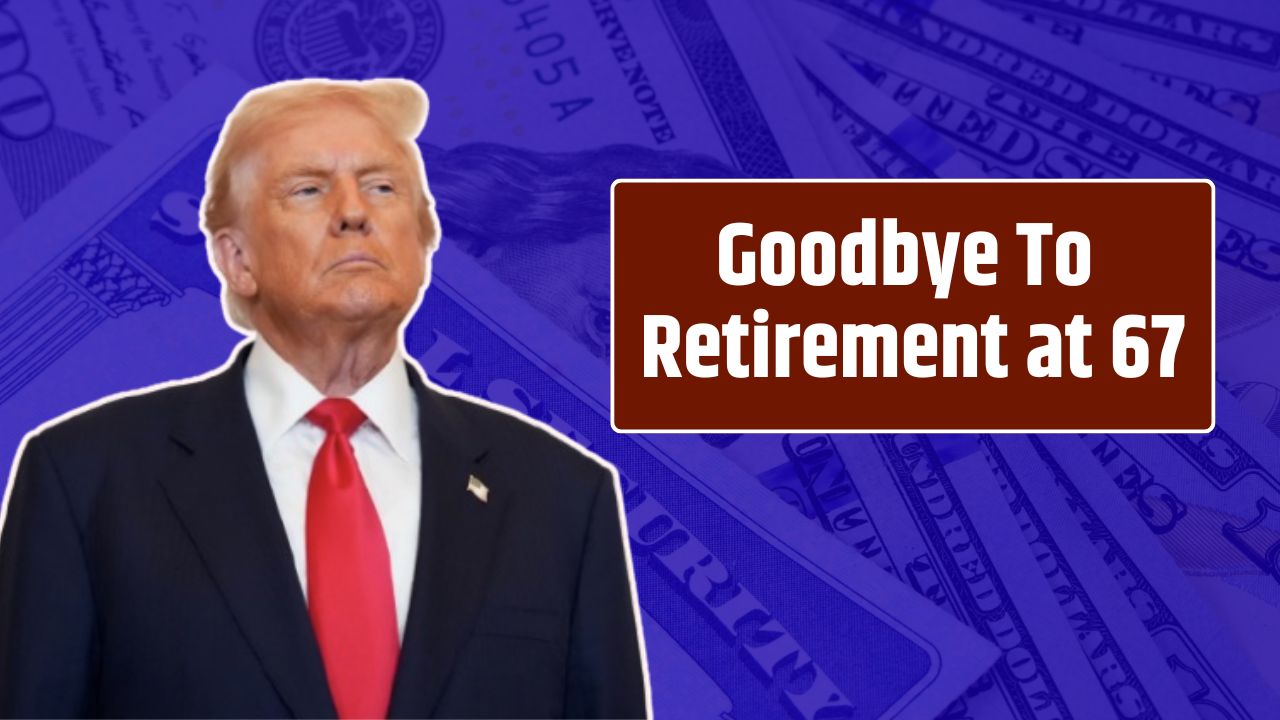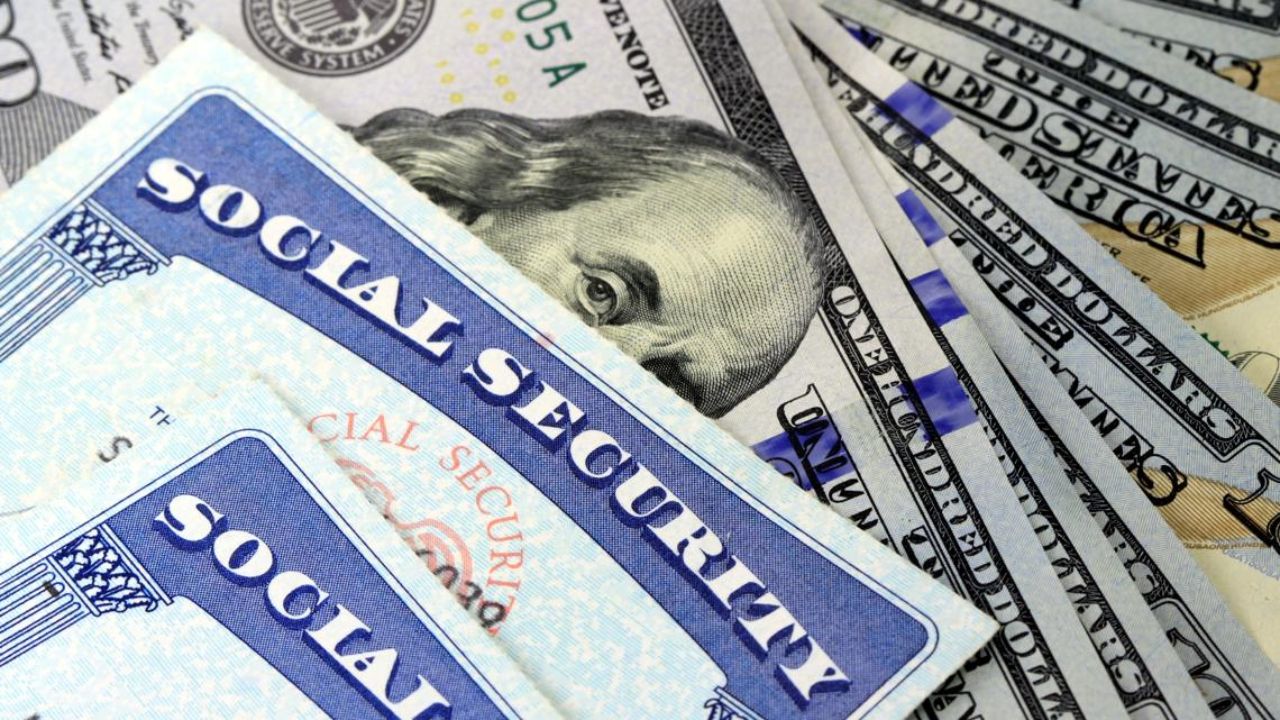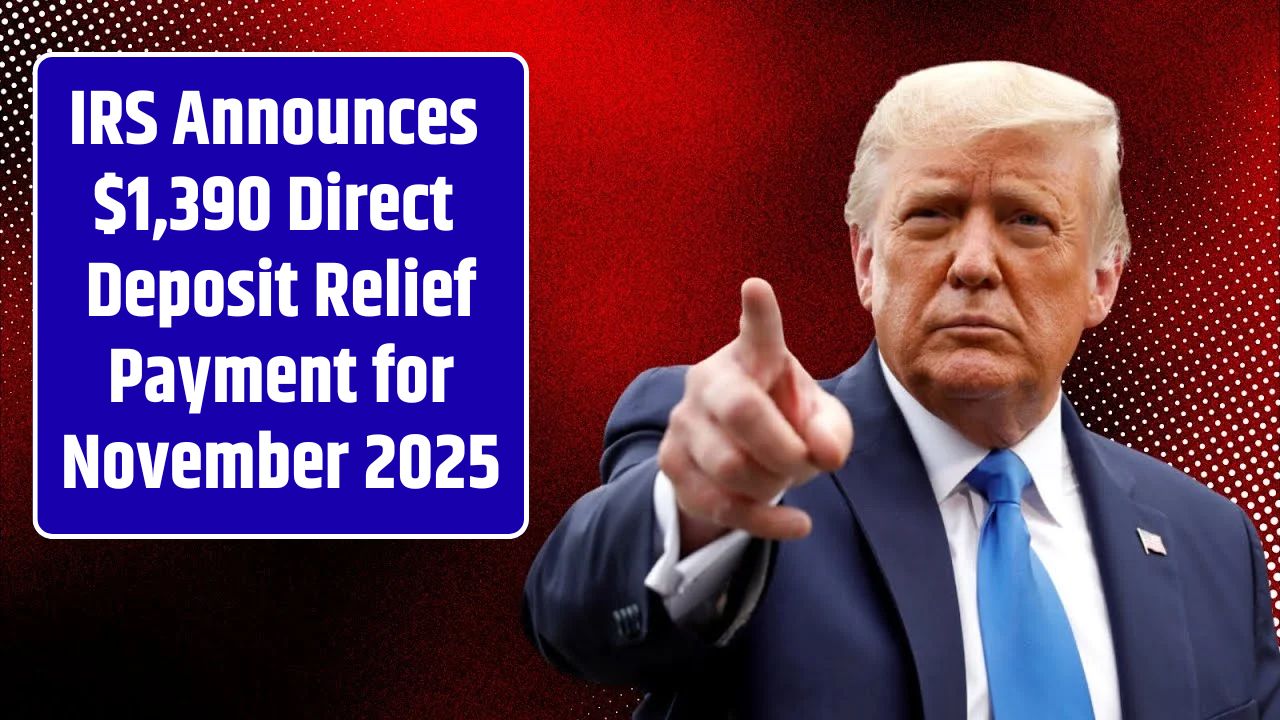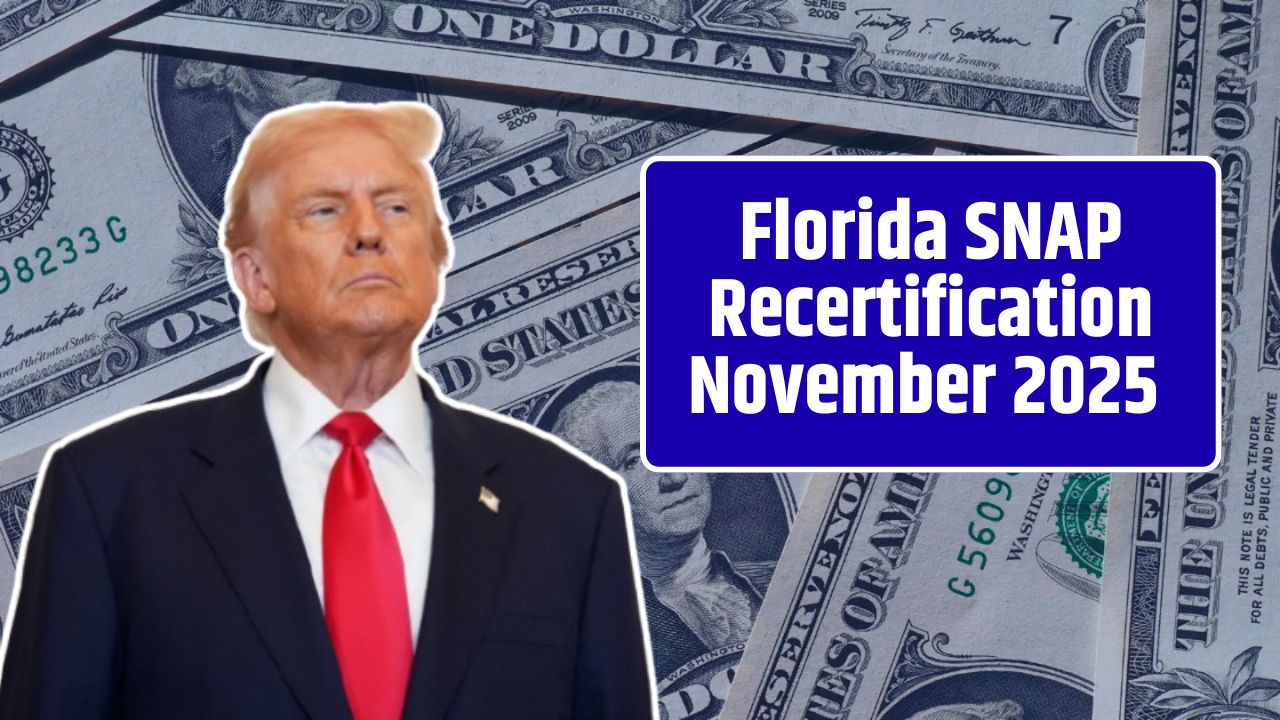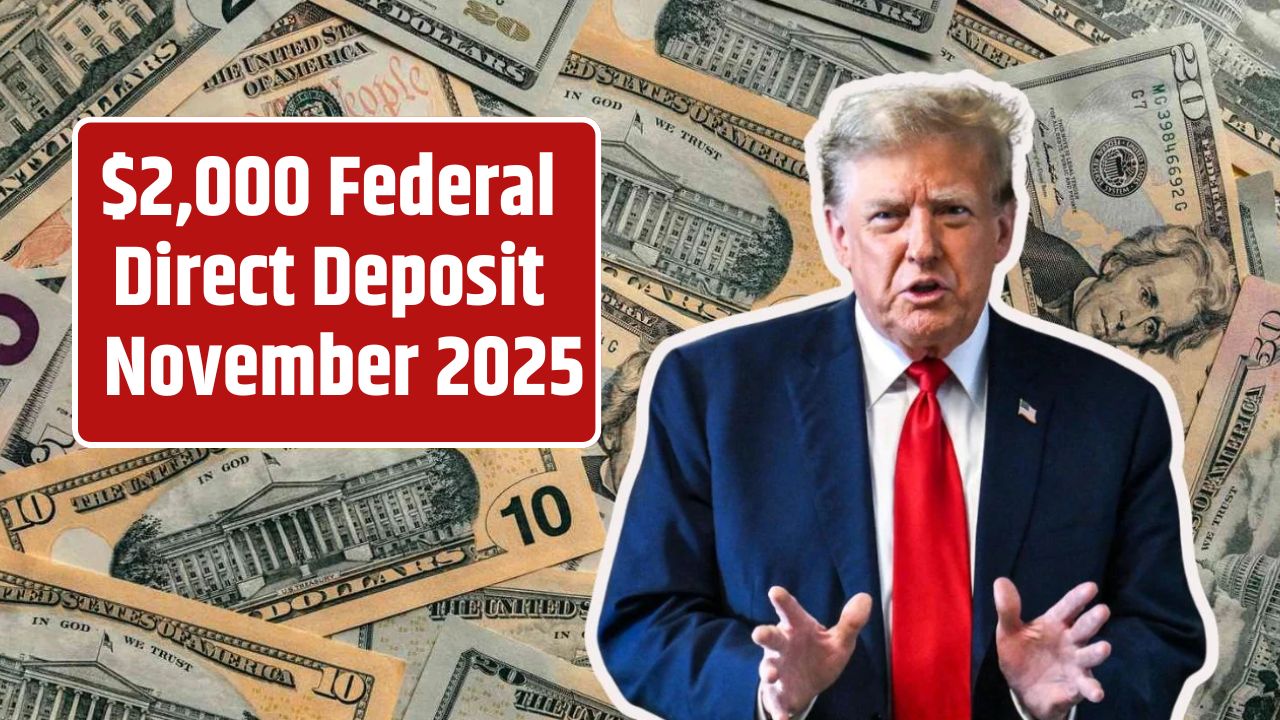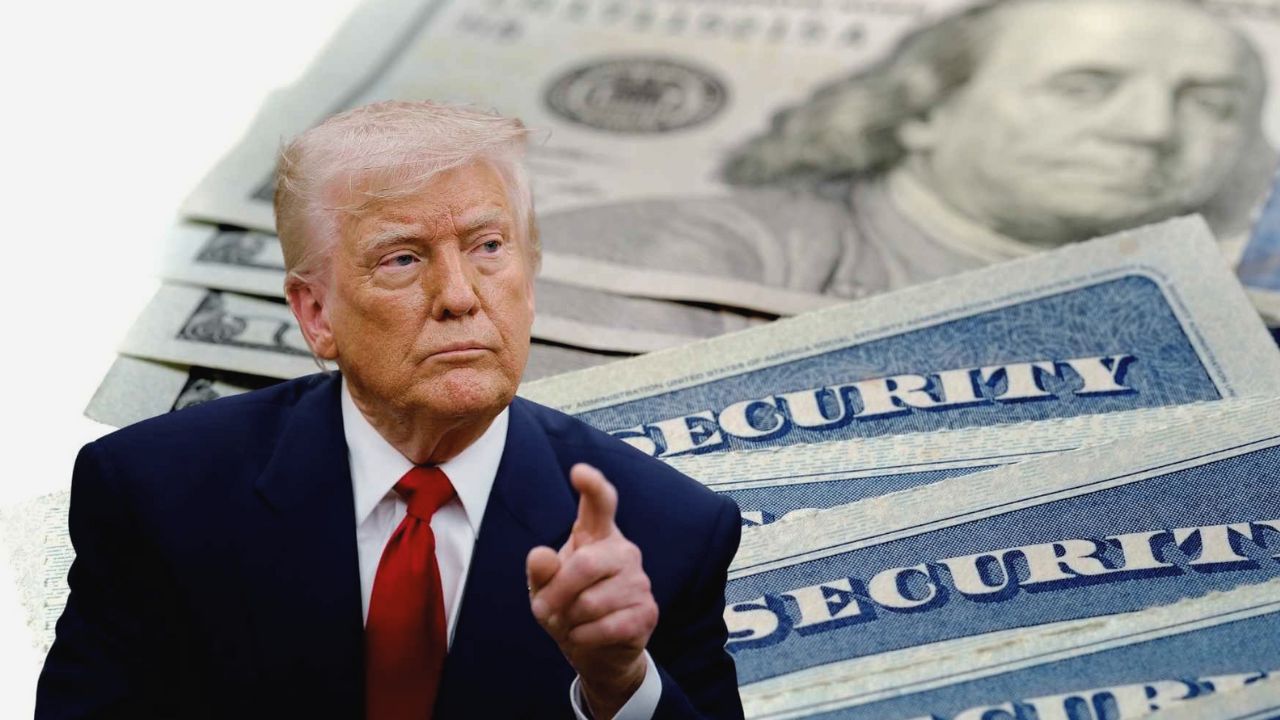By mid-October, social media was buzzing with claims that a fresh “$2,000 federal relief check” had quietly landed in Americans’ bank accounts — a supposed comeback of pandemic-style stimulus. Videos racked up millions of views, hashtags like #ReliefDeposit trended, and screenshots of alleged bank deposits circulated widely.
But here’s the truth: no such payment exists. There’s no “Federal Inflation Adjustment Initiative,” no new stimulus bill, and no $2,000 checks being issued by the U.S. Treasury or IRS as of late October 2025. The viral story is a mash-up of real tax updates, state rebates, and old stimulus graphics — packaged to look convincing in an era of economic anxiety.
Fact Check: No Federal “Inflation Adjustment” Payment Has Been Authorized
The IRS has publicly confirmed that no new federal direct payments are being distributed this year. The so-called Federal Inflation Adjustment Initiative doesn’t appear in any official record — not on IRS.gov, not on the Department of the Treasury site, and not in any Congress.gov appropriations bill or line item.
If a new national relief program existed, it would:
- Be explicitly authorized by Congress
- Be funded through an appropriations bill
- Be published in the Federal Register
- Include formal IRS or Treasury guidance
None of that has happened.
In short: if you didn’t see it on an official government website or credible news outlet, it isn’t real.
Why the Rumor Spread So Fast
This rumor didn’t come out of nowhere — it feeds on real headlines and timing coincidences.
1. Real tax changes.
The IRS recently adjusted standard deductions and the Earned Income Tax Credit (EITC) thresholds for 2025. Some taxpayers will see slightly larger refunds next spring — but those are not extra payments.
2. State-level rebates.
A handful of states, including Minnesota, New Mexico, and Alaska, have issued their own one-time rebates or oil-dividend checks. Many viral posts blurred that distinction, labeling state refunds as “federal relief.”
3. Social Security COLA hype.
In October, the SSA announced a cost-of-living adjustment (COLA) for 2026 benefits. That led some to assume “new federal payments” were being rolled out early.
Mix in screenshots from real 2020–2021 IRS stimulus announcements — with the dates swapped — and the hoax looked official enough to take off.
What Federal Officials Actually Said
When asked directly about the claims, an IRS spokesperson was blunt:
“The IRS is not distributing new economic-impact payments in 2025. Any messages or emails claiming otherwise should be treated as scams.”
The Federal Trade Commission (FTC) also issued an alert warning of phishing attempts tied to the fake relief program. Scammers are already sending emails and texts asking people to “confirm their $2,000 payment” or “update direct-deposit information.”
If you get one of these messages — don’t click any links, don’t share your personal data, and report it immediately through the FTC’s fraud portal.
The Anatomy of the Fake Posts
Here’s what the viral claims said — and what’s actually true:
| Claim in Circulating Posts | Verified Reality |
|---|---|
| “$2,000 direct deposits between Oct 15–Nov 25, 2025” | No such deposits recorded by Treasury or major banks |
| “Program: Federal Inflation Adjustment Initiative” | No legislation or agency record exists |
| “Track your payment on the IRS portal” | IRS portals only track refunds and prior stimulus payments |
| “Automatic payment based on 2024 tax returns” | No 2025 legislation authorizes new rebates |
(Cross-checked with IRS.gov, Treasury.gov, and Congressional budget databases.)
Real Relief Options That Do Exist
While there’s no $2,000 federal payout, there are several legitimate programs still active in 2025 that can help households under financial pressure:
| Program | Who Qualifies | Where to Apply |
|---|---|---|
| State rebates or cost-of-living refunds | Residents in select states (e.g., MN, NM, AK) | Your state’s Department of Revenue website |
| Earned Income Tax Credit (EITC) | Low- to moderate-income workers | Claim through your 2025 tax return |
| Child Tax Credit (CTC) | Parents or guardians of dependents under 17 | IRS Form 1040 |
| SNAP and LIHEAP | Low-income households needing food or energy aid | Local or state human services offices |
| Student debt relief programs | Eligible borrowers under new income-driven plans | studentaid.gov |
If you’re struggling, always start with official government portals — not social media links.
Why People Believed It
Economic fatigue makes these stories believable. Inflation has cooled from its 2022 highs but still runs 17% above pre-pandemic costs for essentials like rent, food, and healthcare, according to Federal Reserve data.
That persistent squeeze, plus memories of pandemic stimulus payments, creates the perfect storm for viral misinformation. A “relief check” rumor doesn’t spread because people are gullible — it spreads because people are hurting.
The Bottom Line
There’s no $2,000 federal check on the way. The “Federal Inflation Adjustment Initiative” is fiction — a social-media fabrication built from bits of real policy news and wishful thinking.
If a new national relief effort ever does pass, you won’t need a viral TikTok to tell you. It’ll be headline news, printed in the Federal Register, announced by the Treasury Department, and verified on IRS.gov.
Until then, treat every “new stimulus deposit” post with the same skepticism you’d give an unexpected email about a lottery win.
FAQs:
Is the $2,000 federal relief payment real?
No. Neither Congress nor the Treasury has approved or distributed any such payment.
Why are people claiming they received deposits?
Most screenshots show state tax refunds, old stimulus screenshots, or doctored bank statements.
Could a future relief program happen?
Possibly, but it would require a new act of Congress and public confirmation by Treasury and IRS.

